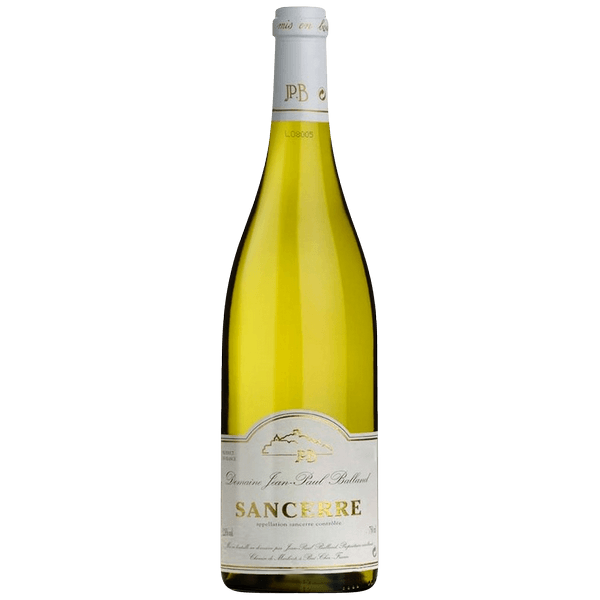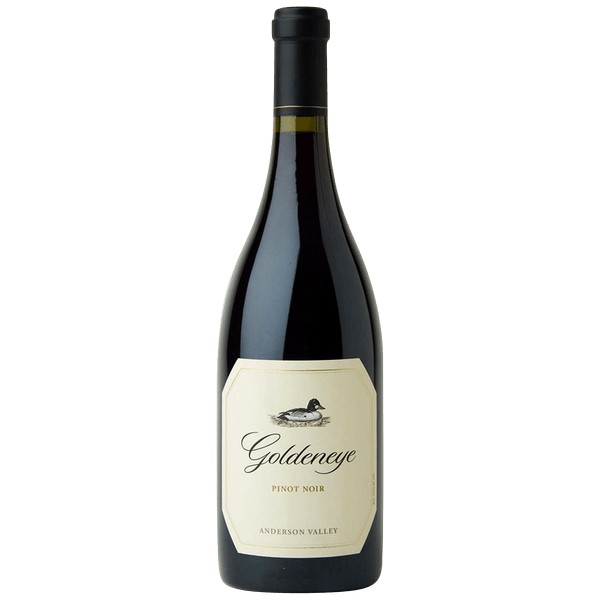2019 Jean-Paul Balland Sancerre
2019 Jean-Paul Balland Sancerre The 2019 Domaine Jean-Paul Balland Sancerre is a clear appearance with a pale yellow hue. Intense aromas at first, fine, very mild of ripe fruits (peach) with hints of citrus and fresh herbs. The nose opens up with scents of anise and mint associated to sweet quince and pineapple.The attack is lively, fresh and floral (honeysuckle, acacia). Crisp mid-palate, ripe fruits (vine peach, pear). Gourmet end of palate with fresh feeling. Hints of fresh almond, rifle stone and citronella. The final is living. A woven canvas. A greedy Sancerre wine terroir, the balance of aromas. This wine can be drunk as an aperitif. Serve with starter dishes, it pairs very well with seafood and fish as well as the famous Chavignol goat cheese.
Sancerre
Marked by its charming hilltop village in the easternmost territory of the Loire, Sancerre is famous for its racy, vivacious, citrus-dominant Sauvignon blanc. Its enormous popularity in 1970s French bistros led to its success as the go-to restaurant white around the globe in the 1980s.
While the region claims a continental climate, noted for short, hot summers and long, cold winters, variations in topography—rolling hills and steep slopes from about 600 to 1,300 feet in elevation—with great soil variations, contribute the variations in character in Sancerre Sauvignon blancs.
In the western part of the appellation, clay and limestone soils with Kimmeridgean marne, especially in Chavignol, produce powerful wines. Moving closer to the actual town of Sancerre, soils are gravel and limestone, producing especially delicate wines. Flint (silex) soils close to the village produce particularly perfumed and age-worthy wines.
About ten percent of the wines claiming the Sancerre appellation name are fresh and light red wines made from Pinot noir and to a lesser extent, rosés. While not typically exported in large amounts, they are well-made and attract a loyal French following.
Related products
Chateauneuf-du-Pape
2017 Domaine Berthet Rayne Chateauneuf-du-Pape Cuvee Cadiac 2017 Domaine Berthet Rayne Chateauneuf-du-Pape Cuvee Cadiac Fresh blackcurrant, licorice and flowers on the nose. Juicy, fresh and intensely flavored, with firm acids contributing to the impression of backbone. Quite aromatic in the mouth. Whereas northern Rhône wines are produced primarily from Syrah, Viognier, Marsanne, and Roussanne, southern Rhône believes in more diversity. Wines [...]
Wines!
92pts Parker 93pts Vinous Save 40%
2022 Francois Villard Les Contours de Deponcins Viognier 2022 Francois Villard Les Contours de Deponcins Viognier: On the nose, this wine offers aromas of citrus, apricot, honey and menthol notes. Then, the aniseed and spicy notes develop. On the palate, the wine retains a beautiful straightness, a light fatness as well as a beautiful maturity and an [...]
2020 Jean-Claude Bachelet Saint-Aubin 1er Cru Blanc 2020 Jean-Claude Bachelet Saint-Aubin 1er Cru Blanc Aromas of sweet orchard fruit, dried white flowers, beeswax and freshly baked bread preface the 2020 Saint-Aubin 1er Cru Charmois, a medium to full-bodied, satiny and precise wine with a bright core of fruit, lively acids and a long, saline finish. [...]




